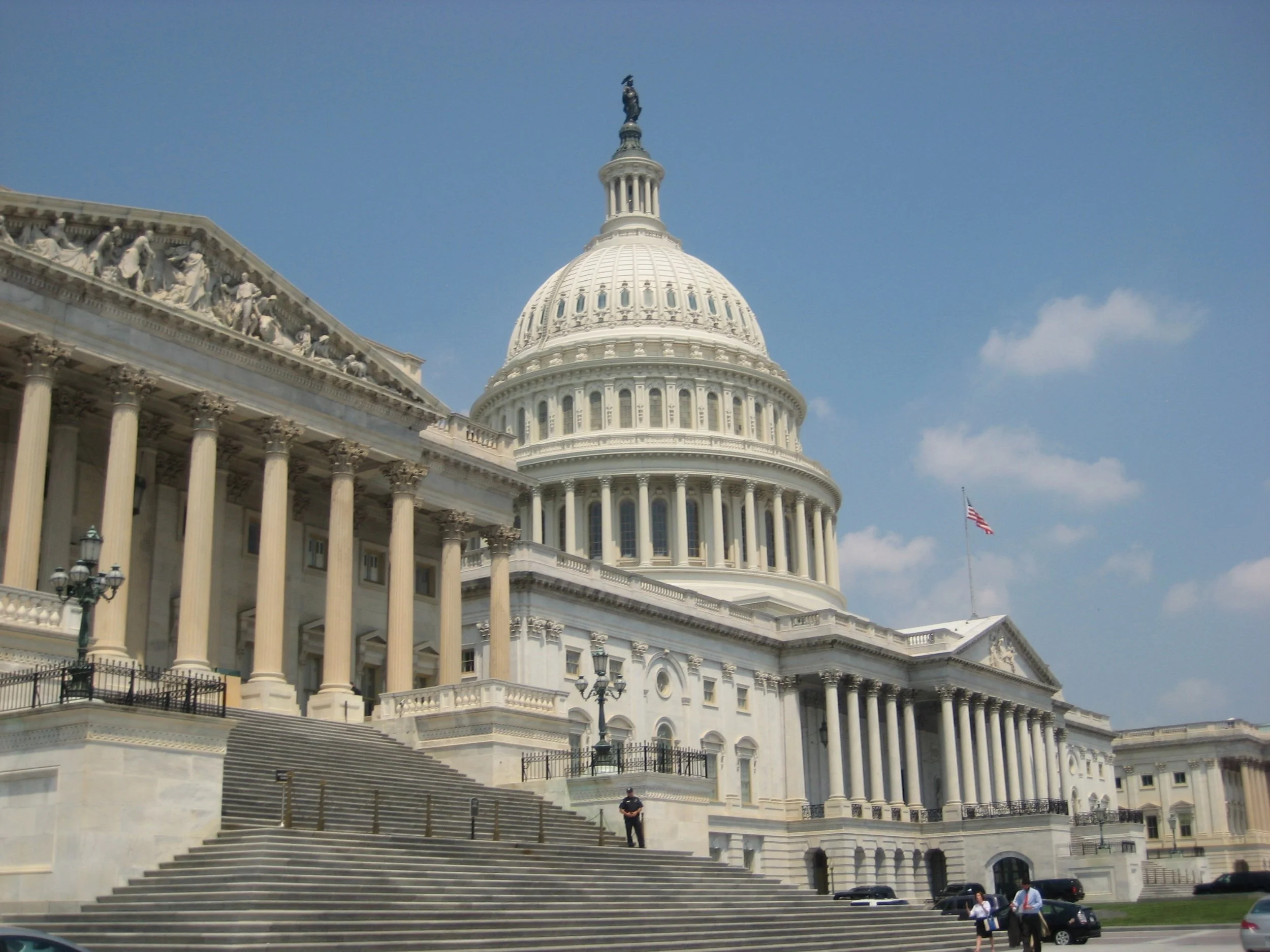Technology | Management | Policy
Policy Synthesis
Policy is a coercive function. It guides decisions and actions, as well as induces innovation.
Good policy synthesis or analysis is inherently multidisciplinary. The cross-domain nature of SAGE methodologies is ideally suited for policy work. Whether it’s constructing new policy for the board of directors to approve, or it’s interpreting compliance of governmental policy, SAGE can help.
Much of policy research seeks to find relationships among variables that describe behavior. A cross-domain approach enables the introduction of a broader set of variables. This larger set of proxies give the policymakers more latitude in deciding which variable can be manipulated in order to achieve the desired outcome.
Employing theory from Ariley, Kahneman, Tversky, Thaler, and Sunsein, SAGE recognizes that framing policy with a helpful choice architecture assists in overcoming the cognitive biases that can often result in irrational decision-making processes. Context, setting, and the number of alternatives greatly influence the choices we make, and policy that recognizes these human conditions is habitually more effective in achieving the desired outcome.

